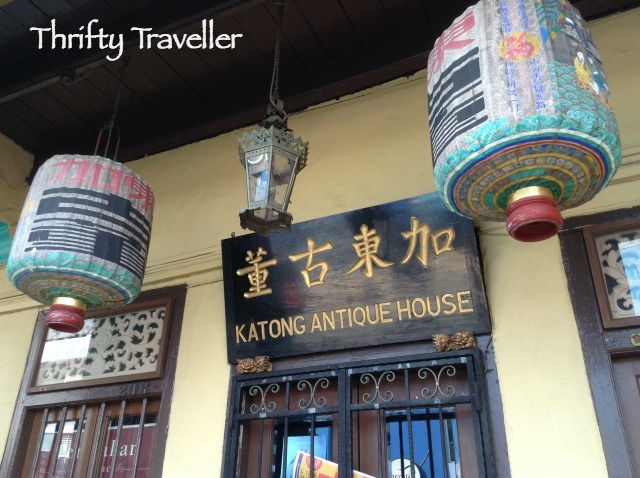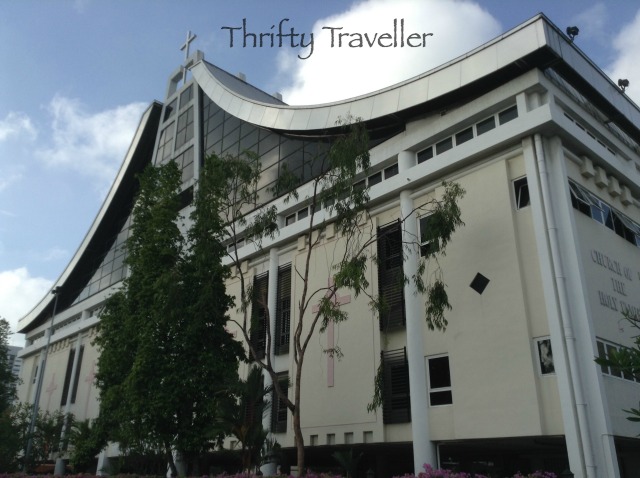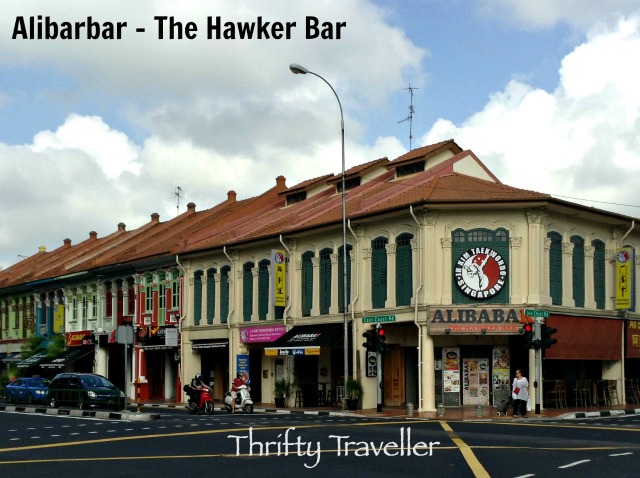
On my most recent trip to Singapore I stayed in Katong which is a new area for me.
Katong is a mixed residential and commercial suburb just inland from the East Coast Park which you might have passed by if you have ever taken a taxi from Changi Airport into the city. Being somewhat away from the hustle and bustle of the town, the area is less touristy and less expensive when it comes to hotels.

Katong used to be on the beach front until major land reclamation works were carried out from the 1970s onwards to make space for public housing estates and the East Coast Parkway (expressway). In the 1820s the British colonial government granted land to wealthy European, Arab and Chinese merchants for coconut plantations which grew well in the sandy soil. They built luxury seaside villas and colonial bungalows along the beach.

After World War I, Singapore’s urban area spread eastwards transforming Katong into a residential suburb with shophouses, terraced houses, modest bungalows and permanent roads. It became a melting pot of Eurasian, Peranakan, Malay, Indian and Chinese cultures imbuing the area with distinctive cuisine and architecture and a certain charm.
What is There to See and Do in Katong?
Here is a sample:

328 Katong Laksa
Deciding what to order in this famous laksa joint is very straightforward. There is only one item on the menu – laksa – and the only choice is large or small. The laksa broth is rich in coconut and contains a lot of flavourful cockles. The noodles are tasty and satisfying. It is very good but (whisper it quietly) I actually prefer the Penang or Sarawak laksa varieties we have in Malaysia.

Pre-War Terraced Houses (150 East Coast Road)
This unusual row of brightly painted single-storey terraced houses used to stand beside the sea wall before the land reclamation pushed back the sea. The living space is raised up above the ground for protection against high tides.

Church of the Holy Family (6 Chapel Road)
This substantial church was frequented by the Eurasian (mixed race) community of Katong and Joo Chiat. The original church was built in 1923 but this modern structure dates from 1999.

Katong Antique House (208 East Coast Road)
This quaint shophouse contains a treasure trove of Peranakan artefacts, heirlooms and antiques such as beaded slippers, old furniture and costumes.

Alibarbar the Hawker Bar
There are a lot of good places to eat and drink in this area. Alibarbar combines traditional hawker food with craft beers. We didn’t try it but it seems popular.

The Beach
If you are staying in this area is still possible to go to the beach by walking for ten minutes through a public housing estate and a pedestrian tunnel under the expressway. It is quite a pleasant beach and looks pretty clean considering the vast number of ships anchored offshore. The East Coast Beach Park runs along the coast with footpaths, cycle tracks, picnic tables and benches, bicycle hire shops, snack shops and so on.

For a more detailed guide to Katong, including a map, see this brochure produced by the Singapore Urban Development Authority.
